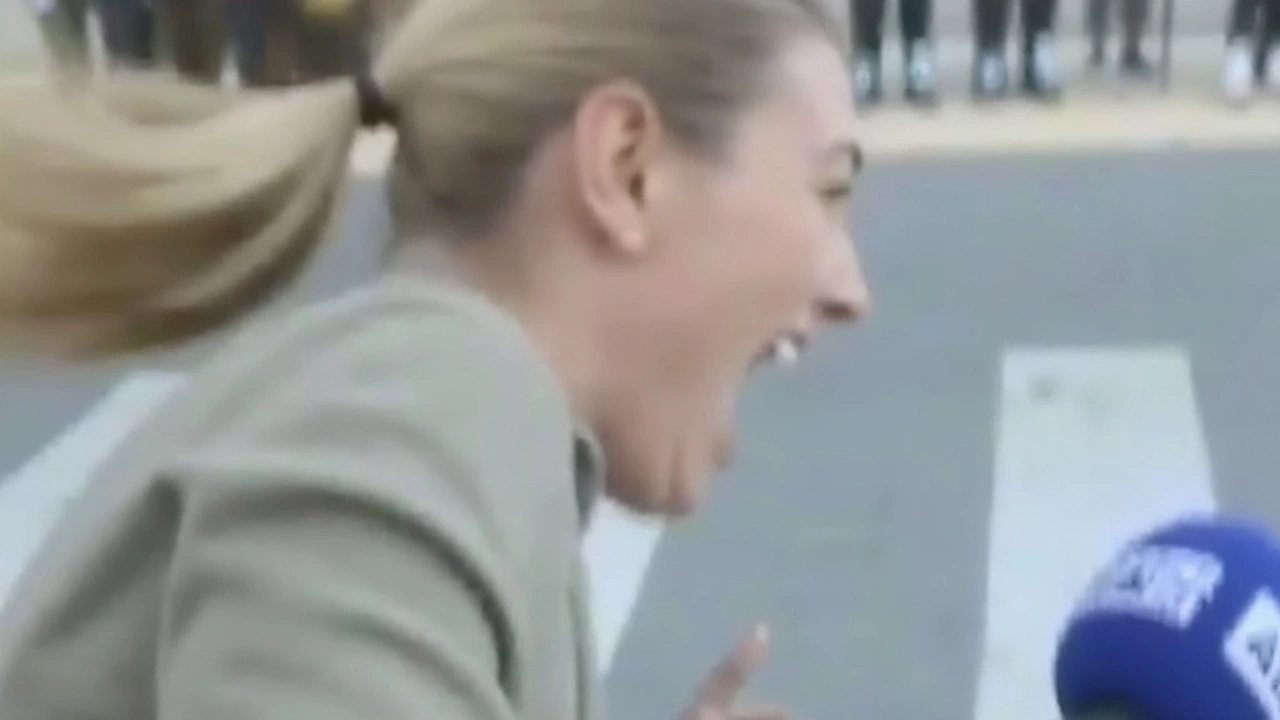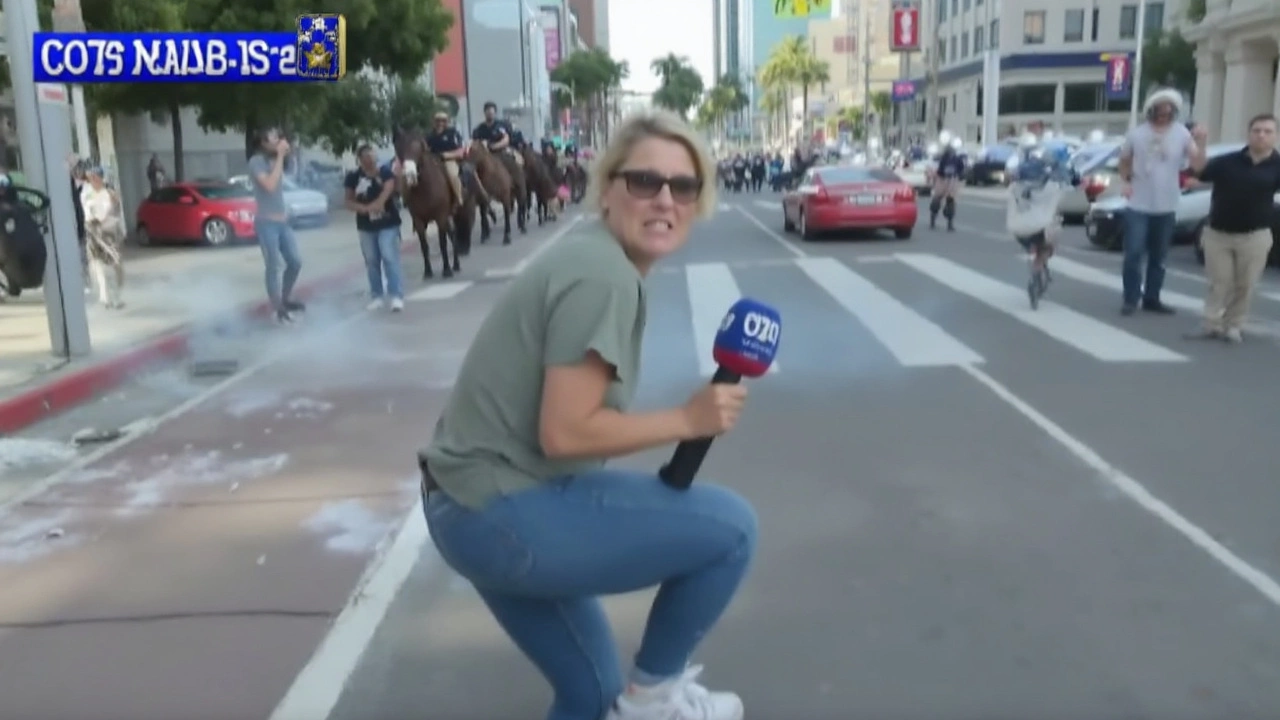Journalists Face Danger Amid Los Angeles ICE Protest Crackdown
The streets of Los Angeles erupted in protests after new waves of ICE raids swept through the city, but the animosity didn't just affect demonstrators. The chaos grew grimmer when two journalists, visibly marked as press, ended up in harm's way as law enforcement clamped down with force.
Australian correspondent Lauren Tomasi, a familiar face on 9 News Australia, became part of the news herself on June 9. She was live on air near downtown L.A. when Los Angeles Police Department officers resorted to firing rubber bullets into the crowd. Viewers watched in shock as Tomasi, visibly unprepared for physical risk and not wearing any body armor, was struck in the leg by one of these so-called 'less-lethal' rounds. The moment captured Tomasi yelling in pain before quickly switching gears to reassure the audience she was alright, a striking mix of vulnerability and professionalism. Authorities, trying to disperse crowds that had swelled since ICE raids started on June 6, rode in on horseback and made multiple arrests—but questions began swirling about their handling of the press as well as protesters.
Then, just a day later, freelance journalist Nick Stern faced his own ordeal, this time at the hands of Los Angeles County Sheriff's deputies. Stern had a press badge pinned on and his usual array of camera gear slung over his shoulder. He says he stood in a group of peaceful protesters near the 101 Freeway when LASD deputies started firing explosive devices without warning. One of these projectiles, a hard-cased flash bang, hit Stern with enough force to drive it deep into the muscle of his leg. The injury was bad enough to need surgery to remove the embedded device. Stern insists there was no provocation—the crowd was calm, and law enforcement stayed behind armored vehicles, seemingly firing from a defensive position at random. He remembers no verbal warnings amid the din.

Law Enforcement Response and Mounting Press Freedom Concerns
The Los Angeles County Sheriff’s Department later pushed back, saying they train regularly on respecting the rights of media and weren’t targeting journalists. But it's hard to ignore the video evidence and firsthand accounts piling up from those caught in the middle. Local and international press groups have started flagging these incidents as part of a troubling pattern where reporters—clearly marked and performing their jobs—end up collateral damage during aggressive police actions at public demonstrations.
Since the recent wave of ICE raids in Los Angeles kicked off on June 6, the tension in the city has been thick enough to cut with a knife. Demonstrators poured into the streets to call out federal policies and demand humane immigration solutions, but no one expected the violence to spill onto the people simply trying to tell the story. Footage from both Tomasi and Stern’s incidents suggests the line between targeting demonstrators and press may be far blurrier than police leadership would like to admit.
As protests against ICE continue and law enforcement maintains a heavy presence, reporters on the ground know all too well that badges and camera vests aren’t enough to keep them safe. For those watching from home, the faces bringing the news are risking more than just their reputations—they’re putting themselves directly in the line of fire, literally, to bear witness to a city in turmoil.
